Cultural exposition: Spotlight on Gusii homestead set up


Audio By Vocalize
A popular Kiswahili saying goes: ‘mwacha mila ni mtumwa’, which translates to, ‘he who leaves their culture is a slave’.
The Gusii community is known to practice polygamy.
This feature spotlights the setup of the typical traditional homestead.
A typical homestead had seven huts with a cow’s pen in the middle of the compound.
Five huts were for the wives. The first wife’s hut was called Egasaku which was built in the middle of the other four huts for her cowives.
The huts were built in a circular structure as the traditional architecture involved swinging a string around in order to determine where to place each pole.
One big pole would be placed in the middle of the house to give support to the other poles.
The wives’ huts had two doors compared to the husband’s and son’s huts which had one
door each.
The main door faces the river and the cow’s pen. That was the ‘wife’s’ door as it was
used frequently by the wife.
Other people including in laws were not allowed to use that door. In the huts were three rooms - a bedroom, sitting room and kitchen.
During any gathering, there was a proper sitting arrangement in the sitting room.
In-laws were to sit in the upper area of the room while kinsmen were to settle on the
lower side maintaining the hierarchy of seniority and who had how many wives.
A polygamous man would sit next to the door followed by other people.
Next to the gate were two huts. The husband’s and sons.
The husband’s hut was called Egesa while the son’s was called Esaga. Egesa was built by the man when his first daughter was in her marriage age. Egesa is where the man would call his sons for a meal and teachings as.
Boys at the age of three, would start sleeping in their hut, not their mother’s huts.


Leave a Comment